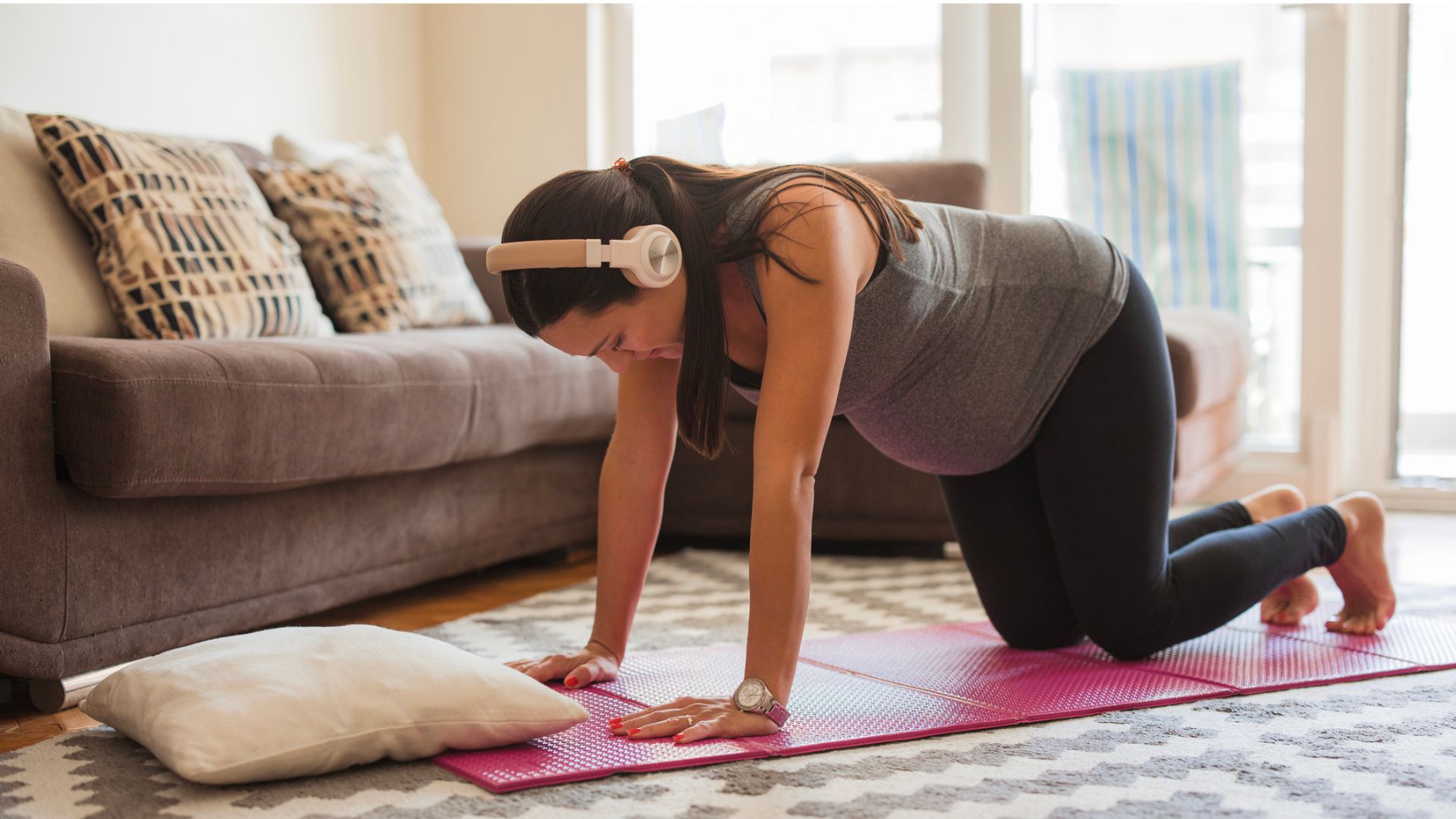How to undo the damage of sitting with exercise, according to science
Sitting down too much? This is how much walking and vigorous exercise you'll need to do to offset your sedentary life


A sedentary lifestyle is extremely harmful to our health. We all know this: after all, headlines such as "sitting down is the new smoking" have been drummed into our heads for years. The pandemic causing us all to stay at home has only drastically escalated the situation, making a life moving from the office chair to the sofa and back again all the more common.
However, even though the best office chair can minimise the harm done to your posture while at home, the fact of the matter is you need to exercise to undo the damage of sitting. This can be done by walking, either outside or using one of our best treadmill entries, or doing another form of high-intensity exercise. But how much exercise do you need to do in order to offset a life of sitting?
That's the question researchers from Massachusetts General Hospital and Boston University sought to answer. The researchers looked at cardiorespiratory fitness in 2,070 participants from a long running heart study. It turned out that people who increased their steps per day, or did more moderate-to-vigorous cardio work, improved their cardiorespiratory fitness just as efficiently as people who decreased their time spent sitting down.

Three minutes of brisk walking was enough to offset almost 15 minutes spent sitting down, so if you spend around an hour sitting down in one go, a 12-minute walk should be enough to keep your heart in decent shape. However, the real strides are made in moderate-to-vigorous exercise, 17 minutes of which can offset 249 minutes spent sitting. A 90-minute, moderate-intensity run should be enough to compensate for a viewing of the entire Lord of the Rings trilogy.
Matthew Nayor, MD, MPH, Assistant Professor of Medicine at Boston University Medical Center, said: “The most surprising finding of our study was that individuals with higher-than-average steps per day or moderate-to-vigorous physical activity had higher-than-average fitness levels regardless of how much time they spent sedentary.
"This would indicate that much of the negative effect that being sedentary has on fitness may be offset by also having higher levels of activity and exercise.”
Of course, exercise is only half the battle: ensuring you get a good night's sleep and a healthy diet is the other side to good heart health. Lots of cruciferous vegetables, a reduction in processed meat and an increase in omega-3 fatty acids, like those found in the best fish oil supplements, have been found to reduce the risk of heart disease.
Get the Fit&Well Newsletter
Start your week with achievable workout ideas, health tips and wellbeing advice in your inbox.
Matt Evans is an experienced health and fitness journalist and is currently Fitness and Wellbeing Editor at TechRadar, covering all things exercise and nutrition on Fit&Well's tech-focused sister site. Matt originally discovered exercise through martial arts: he holds a black belt in Karate and remains a keen runner, gym-goer, and infrequent yogi. His top fitness tip? Stretch.

